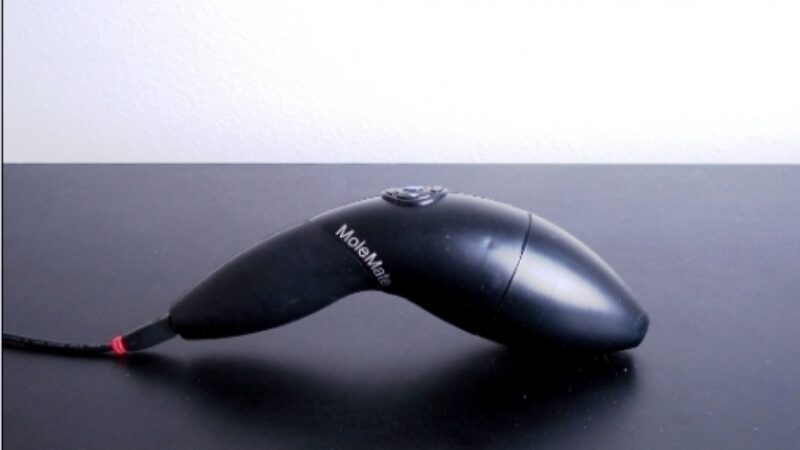A study published earlier this year in the Journal of Clinical Oncology showed that men who live on their own have a higher risk of death from skin cancer. The Swedish study, which involved statistics gathered from over 27,000 melanoma patients between 1990 and 2007, did not find, however, that single men had a higher risk of developing melanoma, only that they were 40% more likely to be in advanced stages of the disease at the time of diagnosis. The reduced survival rate excluded any differences in education, age or location of residence in Sweden.
In North America, the Skin Cancer Foundation reports that young men account for 40% of all melanoma cases but 60% of melanoma deaths. Men over the age of 50 are more than 50% more likely to develop melanoma in their lifetimes than women and nearly half of men surveyed by the Foundation admitted to not having used sunscreen in the past 12 months.
So what does that mean for men and skin cancer? Clearly, the study shows a need for earlier detection in men, an education program targeting men specifically and a more widespread use of sunscreen for men as part of their daily routine, not just when they’re heading out to the beach.
In an effort to reach more men, the American Academy of Dermatology has expanded its free “SPOT ME” skin cancer screenings to training camps and family days at National Football League events throughout the next few months. A quick glance at the men’s skin care section at local stores reveals that many moisturizers now include SPF to make sun protection and hydration a one-step process. And in a rare example of sun protection, the power of celebrity and social media colliding, Hugh Jackman recently posted a message urging people to “Please! Please! Wear sunscreen!” after having two basal cell carcinomas on his nose removed.
Will this be enough to kickstart an improvement in the dire situation of men and skin cancer? Only time will tell.




